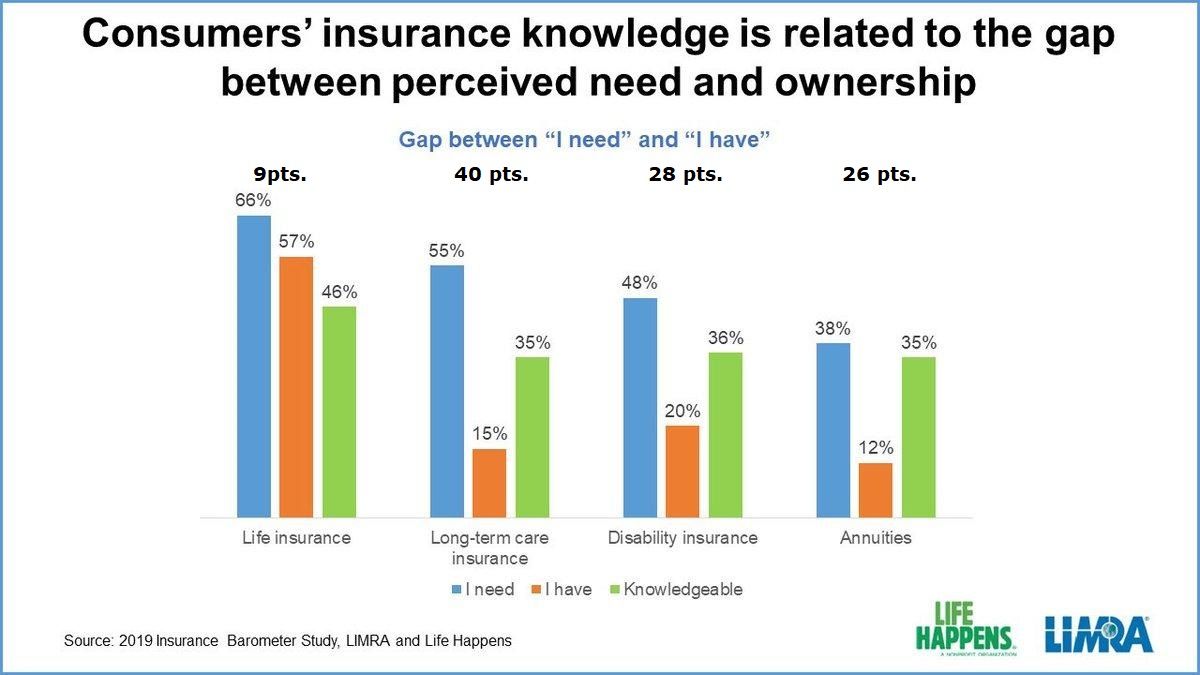Recently, a friend of mine attended a post-retirement financial planning seminar, at which was touted a way to use one's life insurance as a "living benefit" (no, not that kind of living benefit).
The idea goes something like this (all numbers in this example are for illustrative purposes only):
One buys a single pay Whole Life (WL) insurance plan, depositing $100,000, which purchases s $200,000 death benefit. One then waits a few years for the surrender period to end, and then "withdraws" [ed: we'll circle back to this] $75,000, leaving $25,000 of the original premium in the plan. This reduces the death benefit to $125,000. When one's time comes to exit this mortal coil, one's beneficiary still gets $125,000 ($200,000 - $75,000). Nice return: $125,000 benefit check for $25,000 net deposit (5:1).
My friend wanted to understand why a carrier would agree to this, and I agreed to look into it, as a result of which I have some concerns.
Here’s what I think would actually happen:
As a single pay plan, it's automatically considered a Modified Endowment Contract (MEC).
And what the heck is that, you ask?
Well, a "modified endowment contract (commonly referred to as a MEC) is a tax qualification of a life insurance policy which has been funded with more money than allowed under federal tax laws ... Essentially a life insurance contract which becomes a MEC is treated like a non qualified annuity by the IRS for taxation purposes prior to the insured persons passing."
In other words, the money coming out of such a plan would be on a LIFO (last in, first out) basis, so when one pulls out that $75,000 at least some of that is taxable as income (and depending on age, may be subject to a 10% penalty). Also, that $75,00 is not a "withdrawal," it is a loan, and most companies charge 7% or 8% interest on outstanding loan balances (and that’s on the whole $75,000).
Ouch.
But what does that mean "in real life?"
I ran a Single Pay WL quote with our primary carrier (figuring it would be pretty industry average) as a baseline.
The surrender charges went away by year 5, at which point cash value was $103,000, so about $3,000 growth, so maybe a $300 penalty. Not really hateful.
But: the whole $75,000 is a loan, and the interest on that is 8% (I presume that's fairly common). So the interest charged is $6,000.
Per year.
Every year.
Here's where it gets "fun:"
If one is smart, one is paying that $6,000 every year so that the loan doesn't snowball. In about 12 years (maybe less), one has just paid the carrier back the $75,000 (in $6,000 per year increments), and still has to keep paying. We call that "in the hole."
Or, perhaps one decides not to pay it, and the carrier deducts the $6,000 from the remaining cash value (remember: that's about $25,000). That's gonna go away pretty fast, no? And then one has nothing.
No, wait: one still has the $75,000 one took out (and paid some taxes on) . After giving the carrier $100,000 of one's own money.
#Winning!
Now, why wouldn’t the carrier love this?
To be fair, we've seen (and debunked) this general idea before:
But this particular iteration has some novel twists, and I'm not so sure it's completely off the charts. A friend who's familiar with it suggested that I reach out to Lafayette Life, which apparently markets a plan that could (does?) serve as a platform. I have yet to hear back from them, but will update this post when (if) I do.
Meantime, I would very much appreciate any thoughts our readers might have on this.
[Hat Tip: FoIB Chris v B]












